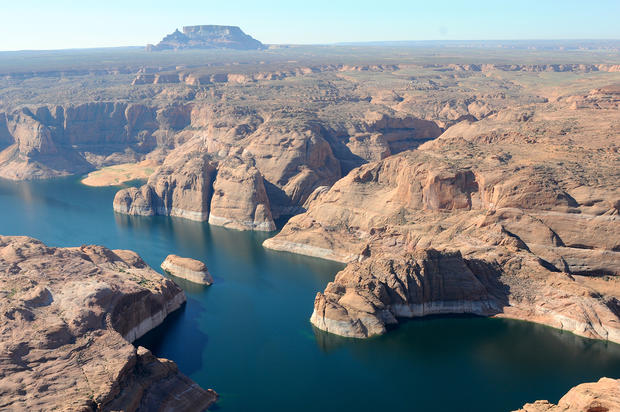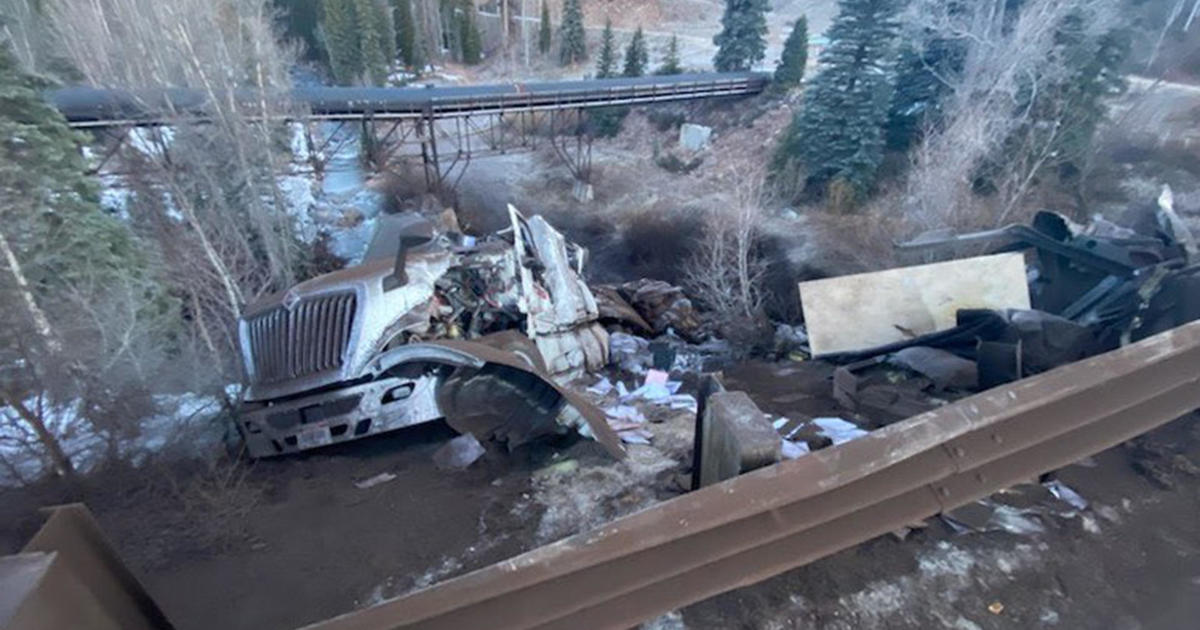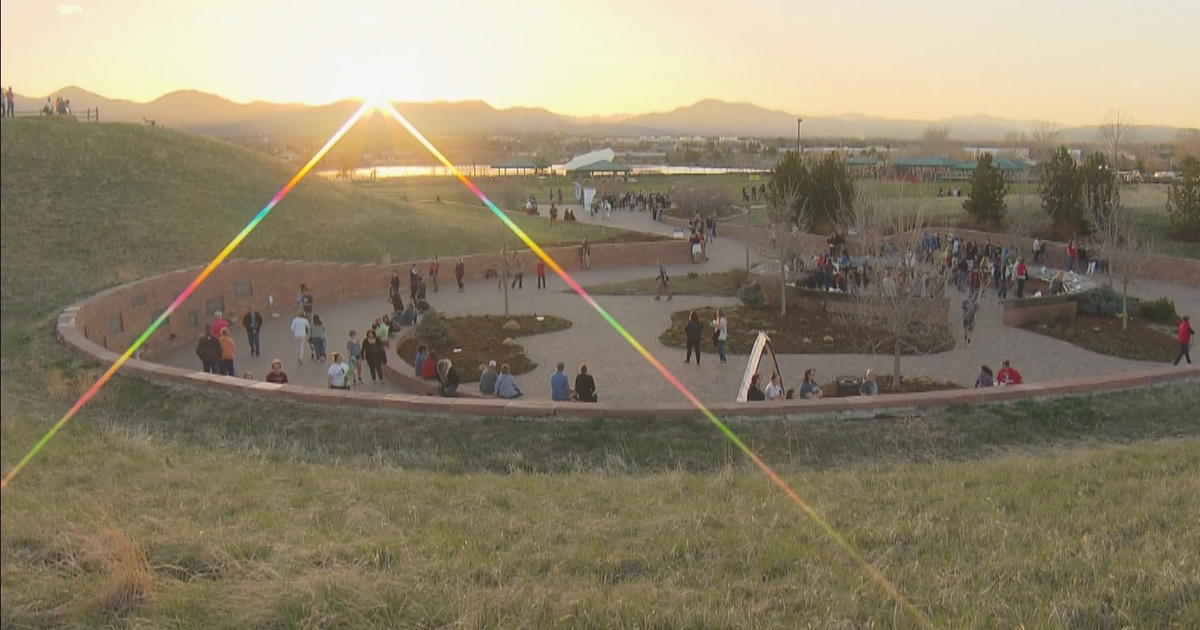Outlets At Blue Mesa, Other Upstream Reservoirs Opened To Raise Near-Critical Water Level At Lake Powell
(CBS4) -- Amid predictions that the water surface at Arizona's Lake Powell will likely encroach on levels needed to maintain power generation at its dam for the first time since it was initially filled, the U.S. Bureau of Reclamation has taken the first step toward addressing the problem with water from upstream reservoirs.
The bureau announced Thursday that it was increasing the amounts of water released from Flaming Gorge Reservoir, Blue Mesa Reservoir and Navajo Reservoir, starting immediately.
The agency predicted last week that there was a 79% chance of Lake Powell's water elevation dipping below 3,525 feet in the next year.
The agency believes the risk of damage to Glen Canyon Dam's power-generating turbines begins at 3,490 feet.
The increased water released from the upstream reservoirs is expected to increase Powell's water level by three feet.
"We haven't declared any sort of formal emergency on the Colorado River," said Wayne Pullan, Regional Director of the bureau's Upper Colorado River Region. "But," he said, comparing it to sudden natural disasters like earthquakes or hurricanes, "it's been an emergence over several years."
In a virtual press conference Friday, Pullan and several Bureau of Reclamation officials suggested Lake Powell's water level is nearing a "critical" condition.
"The assumptions we've worked on are starting to erode," Pullan said. "A lot of vision went into the drought response. Now we've reached that place. We hoped to never go down this road. But now we have to."
Recent monitoring showed Lake Powell's inflow volume decreased 2.5 million acre-feet in the first six months of 2021. The new releases will occur over the last six months.
"This doesn't solve the whole problem, but it's a strong mitigating action," Pullan said.
With the increased releases, Flaming Gorge Reservoir, located on the Wyoming-Utah border, will lose an estimated four feet of elevation. Navajo Reservoir, on the Colorado-New Mexico border, will drop about two feet.
Blue Mesa Reservoir in central Colorado is expected to fall eight feet.
The releases are part of a plan established in May 2019 by the bureau and the states involved, namely Colorado, Wyoming, Nevada, Arizona, Utah and southern California (a.k.a. the Colorado River Basin states). The Upper Basin Drought Response Operations Agreement (DROA) does not include specific instructions for dealing with drought, but implies the states will work cooperatively as they have in the past.
"One of the things I love about working on the Colorado River is the attitude of collaboration and cooperation," Pullan said. "We've been doing this for a long time. Each state has its own politics and priorities. But we have a tradition of working these things out."
There is hope, but no guarantee, the additional releases will work precisely as intended.
"If additional water needs to be moved, that's something that will be addressed in the next few weeks," said Christopher Cutler of the bureau's Water and Power Services Division. "We are preparing for that now. We're modeling not just 'normal,' but 'dry' and 'extremely dry.'"
The current forecast is for Powell to receive about 30% of its average inflow over the course of 2021.
"What happened was the inflows we were receiving into Powell were low or record low throughout the water year," said Heather Patno, a hydraulic engineer with the bureau's Water Management Group, on Friday. "The soil is part of that, the spring runoff was lacking, the soil moisture was off..."
Lake Powell is considered full when its water elevation reaches 3,700 feet. Its level Friday measured just shy of 3,557 feet.
This month's publication from Colorado State University's Colorado Water Center contained an article on Colorado River inflow trends. It stated both Powell and Mead have lost more than half of their volume from that which was measured in 2000. It attributed the loss to temperature change.
Also on Friday, representatives from farmers, businesses, local municipalities and conservation groups spoke at a press conference on Lake Mead's Hoover Dam. They demanded lawmakers and water officials halt future Colorado River diversion projects during the current shortage of water in Powell and Mead. They cited the proposed 140-mile Lake Powell Pipeline to St. George, Utah, as an example.







